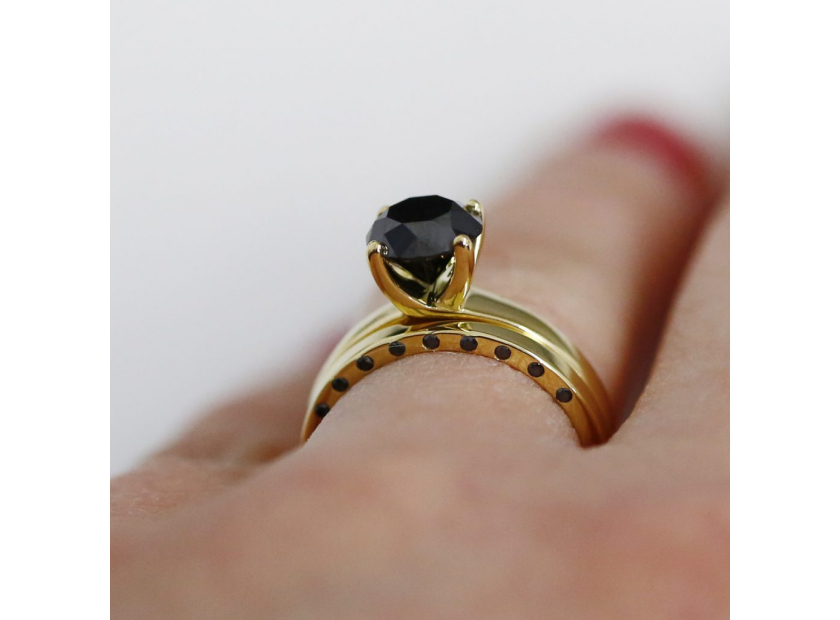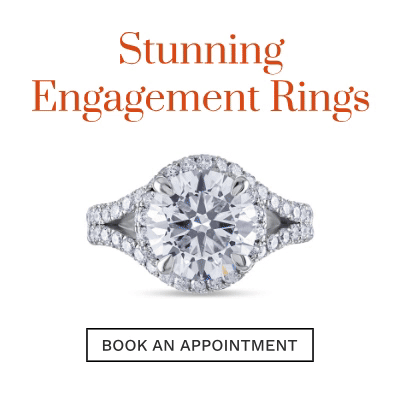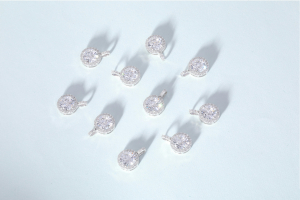USD
/
USD
/
Shipping to:
Currency:
What Is More Important: Diamond Clarity or Colour?
When selecting a diamond, the intricate dance between clarity and colour is often at the forefront of the decision-making process. Both aspects significantly influence the diamond's appearance and value, but their importance can vary depending on personal preferences and the intended use of the diamond. While some may prioritise the flawless internal characteristics of a stone, others might focus on the visible brilliance that a colourless diamond can radiate. Understanding the nuances between these two critical factors is essential for making an informed choice.
The Significance of Diamond Clarity
Diamond clarity refers to the absence of internal inclusions and external blemishes. These natural imperfections, formed deep within the earth under immense pressure, are often minute and invisible to the naked eye. However, they can impact the diamond's brilliance and overall aesthetic. For those who value a pristine, clear diamond, clarity is of utmost importance. High-clarity diamonds are rarer and, therefore, often more expensive. However, many inclusions are microscopic, and their impact on the diamond's beauty can be minimal, especially when viewed without magnification.
Understanding Diamond Colour
The colour of a diamond is another critical factor in its visual appeal. Diamonds are graded on a scale from D (colourless) to Z (light yellow or brown). A colourless diamond, particularly those graded between D and F, is highly sought after for its purity and ability to reflect light. However, diamonds with slight tints can offer a warmer appearance and are often preferred by those who favour a vintage or unique style. Additionally, the setting and surrounding Jewelry can influence the perception of a diamond’s colour, making it an important consideration in the overall design.
Balancing Clarity and Colour in Your Choice
When deciding between clarity and colour, it’s crucial to consider the specific context in which the diamond will be worn. For instance, if the diamond is intended for an engagement ring that will be viewed up close, clarity may take precedence. However, for diamonds set in earrings or pendants, where they are less scrutinised, colour might be the more impactful factor. Ultimately, the choice between clarity and colour is a personal one, influenced by individual taste and the intended display of the diamond.
Expert Tips for Choosing the Perfect Diamond
Expert jewellers often suggest prioritising the factor that most influences the diamond's visibility in its intended setting. For those on a budget, it may be wise to opt for a slightly lower clarity grade while focusing on a higher colour grade, or vice versa, depending on the diamond's use. Understanding how clarity and colour interact with other aspects, such as cut and carat weight, can also help in making a balanced decision.
FAQ
Does diamond clarity affect brilliance?
Yes, diamond clarity can affect brilliance, particularly if the inclusions or blemishes are significant enough to interfere with the passage of light through the diamond. However, in many cases, the impact is minimal, especially if the inclusions are tiny and not located in the diamond’s centre.
Is it worth compromising on clarity for a better colour grade?
This depends on personal preference and the specific characteristics of the diamond. If you prefer a diamond with exceptional visual purity, you may want to prioritise clarity. However, if you desire a diamond with a brilliant, colourless appearance, focusing on a higher colour grade might be the better option.
Can the setting of a diamond influence the perception of its colour?
Absolutely. The metal used in the setting can enhance or diminish the diamond’s colour. For example, a yellow or rose gold setting can complement a diamond with slight yellow tints, making the colour less noticeable. Conversely, a white gold or platinum setting may highlight any yellowish tones in a diamond with a lower colour grade.
What is the most important factor to consider if I’m on a budget?
If you’re working within a budget, consider which aspect is more visible in the setting you’ve chosen. For instance, clarity might be more noticeable in a solitaire ring, while colour could stand out more in a pave or halo setting. Balancing these factors with cut and carat weight will help you find the best diamond for your money.
Do higher clarity diamonds always look better?
Not necessarily. While higher clarity grades indicate fewer inclusions, many of these imperfections are so small that they are not visible to the naked eye. Therefore, a diamond with a slightly lower clarity grade may look just as beautiful as one with a higher grade, particularly if it has an excellent cut and desirable colour.








